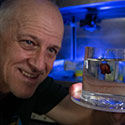Illuminating Biodiversity in Deep Waters of Puerto Rico
Past Expedition
Overview
April 6-19, 2022, a team of researchers used emerging technologies to explore deepwater habitats off the coast of Puerto Rico and documented a wide variety of marine life, including commercially important species and species that may be new to science.
During the Illuminating Biodiversity in Deep Waters of Puerto Rico 2022 expedition, the team conducted a total of seven dives with remotely operated vehicle (ROV) Global Explorer, ranging in depth from 210 to 1,246 meters (689 to 4,088 feet). Biological samples collected during the dives included several that may represent potential new species of black corals and sponges as well as a colonial tunicate. The team also collected a bryozoan (Cornucpina cf. antillea) that had not been collected since it was first discovered in 1933 during the Johnson-Smithsonian Deep-Sea Expedition to the Puerto Rico Trench.
Observations made during expedition dives included a newly documented symbiotic association between a scale worm and a carrier shell and observations of a family of predatory tunicate that had not yet been documented in the Caribbean Sea. The team also saw evidence of fishing activity at every site visited.
A low-light camera mounted on Global Explorer was tested during the expedition to enable a less-intrusive study of midwater organisms and the collection of imagery of bioluminescent organisms and a modified McLane Pump attached to the ROV allowed filtering of water throughout the course of each dive for later eDNA analyses.
Mapping operations conducted during the expedition using the multibeam sonar system on NOAA Ship Nancy Foster resulted in the collection of approximately 620 square kilometers (180 square nautical miles) of high-resolution seafloor bathymetry data. These operations included the remapping of the head branches of Guayanilla Canyon; in conjunction with colleagues, the expedition team will be analyzing the mapping data for signs of earthquake activity on the seafloor as a result of earthquakes in the region in 2019-2020. Four areas that are actively fished in the region, including Escollo Grappler, Escollo Investigator, Escollo Whiting, and Guayanilla Canyon, were mapped during the expedition in higher resolution than previously available.
Two live interactions with scientists on Nancy Foster with approximately 50 guests at the EcoExploratorio in San Juan brought the expedition to a broader audience. Additionally, thousands of members of the public were able to follow along as members of the science party posted updates on Twitter (under #Illuminating Biodiversity #Puerto Rico) and contributed content to the oceanexplorer.noaa.gov website.
View the initial Expedition Overview.
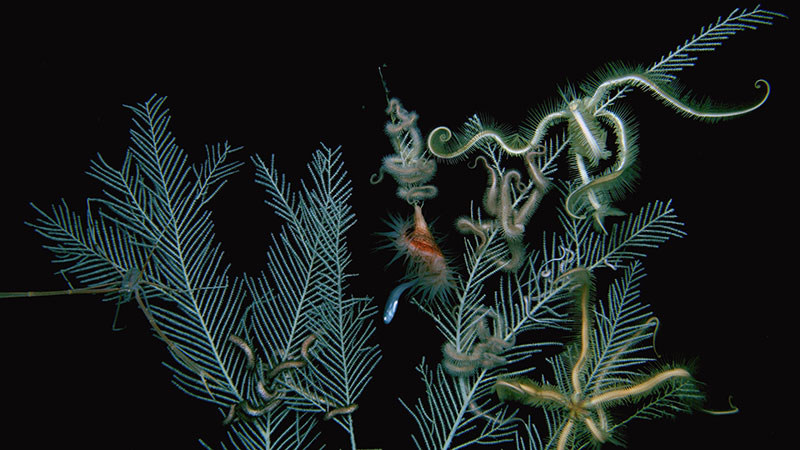
Download largest version (jpg, 2.8 MB).
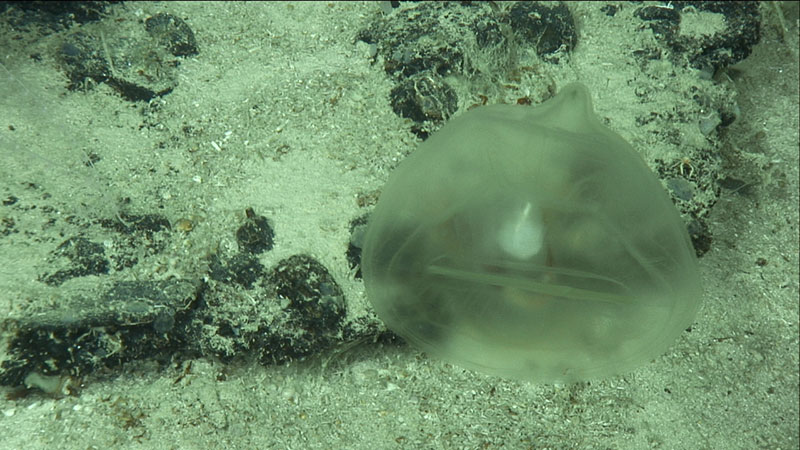
Download largest version (jpg, 725 KB).
Operations
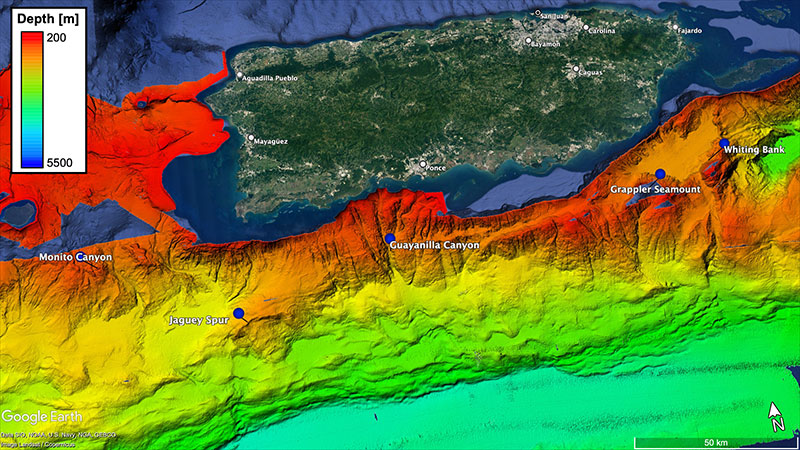
Download largest version (jpg, 2.4 MB).
Features
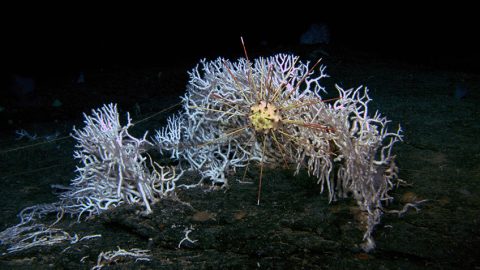
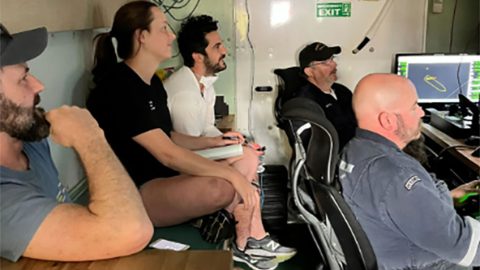
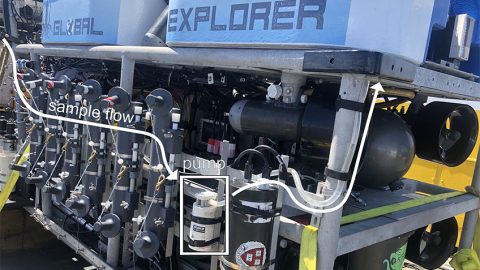
View Less
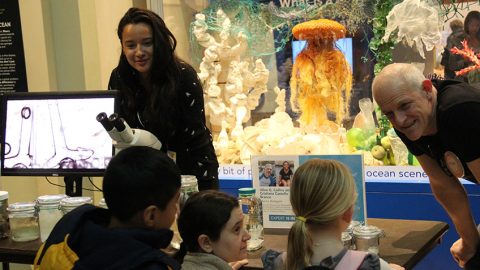
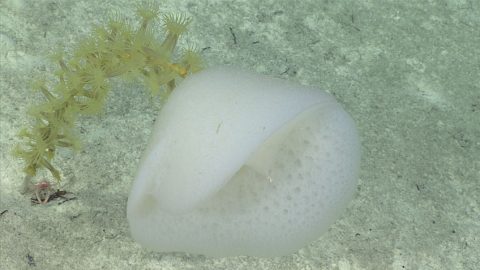
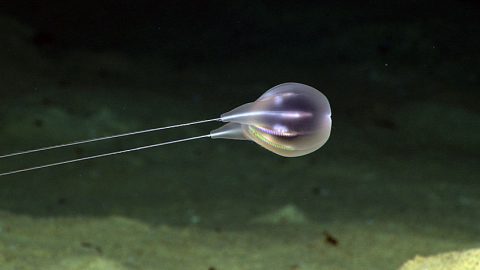
Multimedia
Featured multimedia assets associated with this project.
Education
Our Learn & Discover page provides the best of what the NOAA Ocean Exploration website has to offer to support educators in the classroom during this expedition. Each theme page includes expedition features, lessons, multimedia, career information, and associated past expeditions. Below are related top education themes for this expedition.
Meet the Exploration Team
Learn more about the team members and their contributions to this project.

